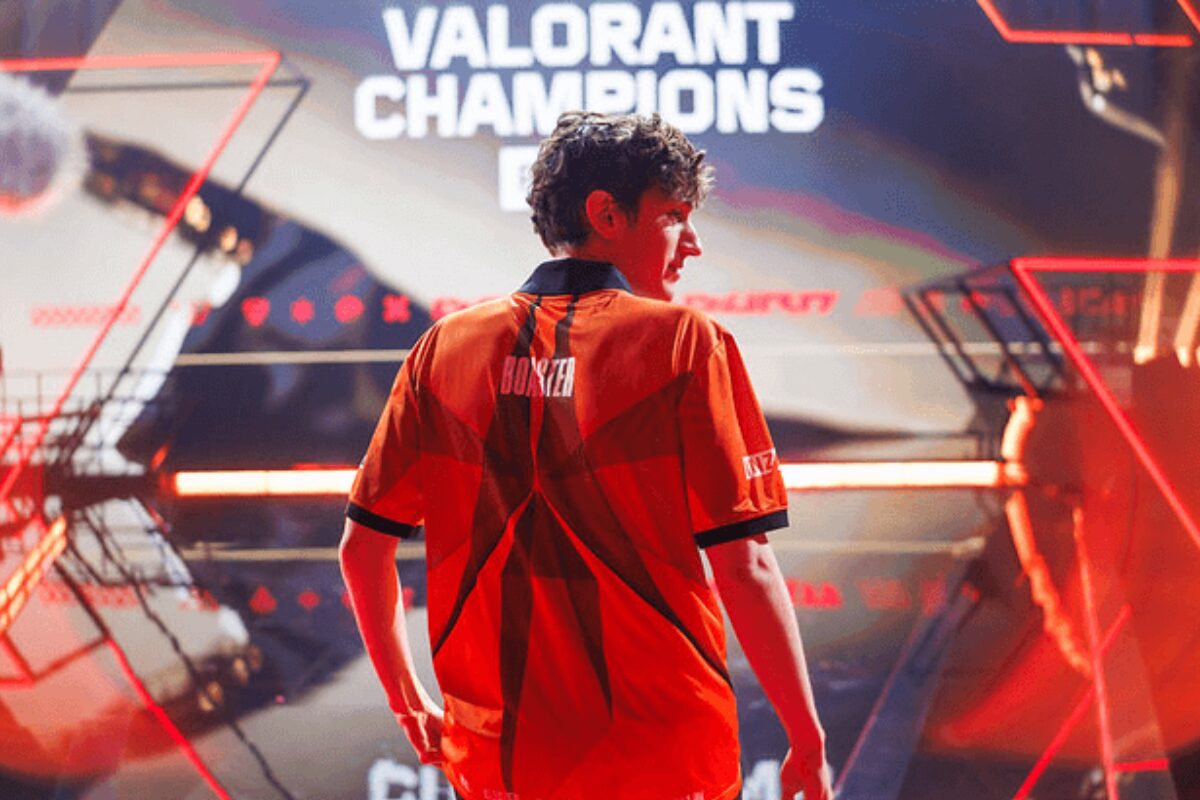Jake “Boaster” Howlett has been the heartbeat of Fnatic’s Valorant roster since joining in February 2021. Known for his infectious charisma and tactical clarity, he has evolved from an energetic shot-caller into one of esports’ most respected in-game leaders. With his recent contract renewal through 2026, Fnatic have made their message clear — leadership and longevity are at the core of their next championship push. This feature looks at Boaster’s journey and how his role continues to evolve heading into Fnatic 2026 VCT leadership.
Boaster’s early tenure at Fnatic: building the foundation (Fnatic 2026 VCT leadership)
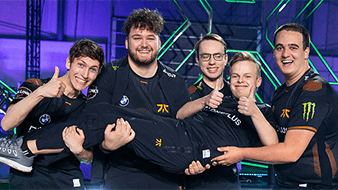
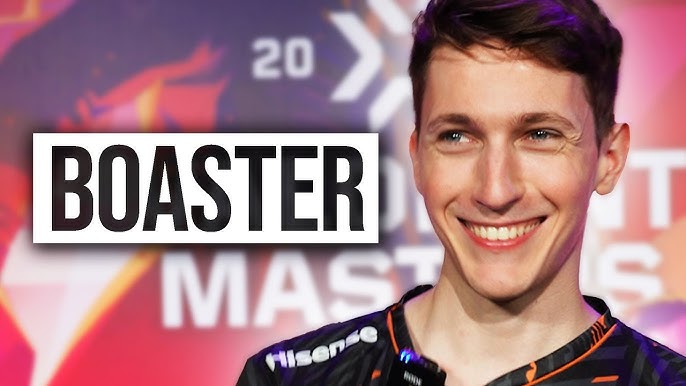
When Boaster first joined Fnatic, the team was still defining its identity in a rapidly growing Valorant scene. His task wasn’t just to call plays but to create a shared language. Through countless scrims, post-match breakdowns, and open-door communication, Boaster built a foundation based on trust and accountability. Those early months forged the chemistry that still underpins Fnatic’s system today.
Major milestones: international success & leadership maturity (Fnatic 2026 VCT leadership)
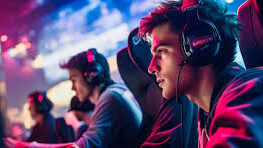
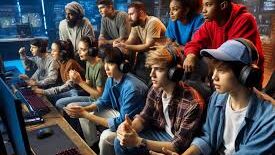
By 2023, Fnatic had turned those foundations into results. Their victory at Masters Tokyo cemented Boaster’s leadership as world-class — calm in pressure, calculated in strategy, and always uplifting his teammates. The near-miss at Champions 2025 showed another side: resilience. Rather than crumble, Boaster embraced the runner-up finish as proof of consistency. Every year, his leadership has matured from energetic enthusiasm to composed professionalism. Source: Esports.net
Fnatic 2026 VCT leadership – The renewed contract: what it signals for 2026
Fnatic’s decision to extend Boaster through 2026 is more than a personnel move — it’s a statement of belief. Continuity at the IGL position offers stability, something many teams struggle to maintain. For Boaster, it’s a chance to refine rather than rebuild. With a familiar roster and support structure, Fnatic’s leadership can focus on deeper preparation, sharper execution, and smarter adaptation throughout the VCT circuit.
Fnatic 2026 VCT leadership – IGL leadership in modern Valorant: traits, demands and expectations
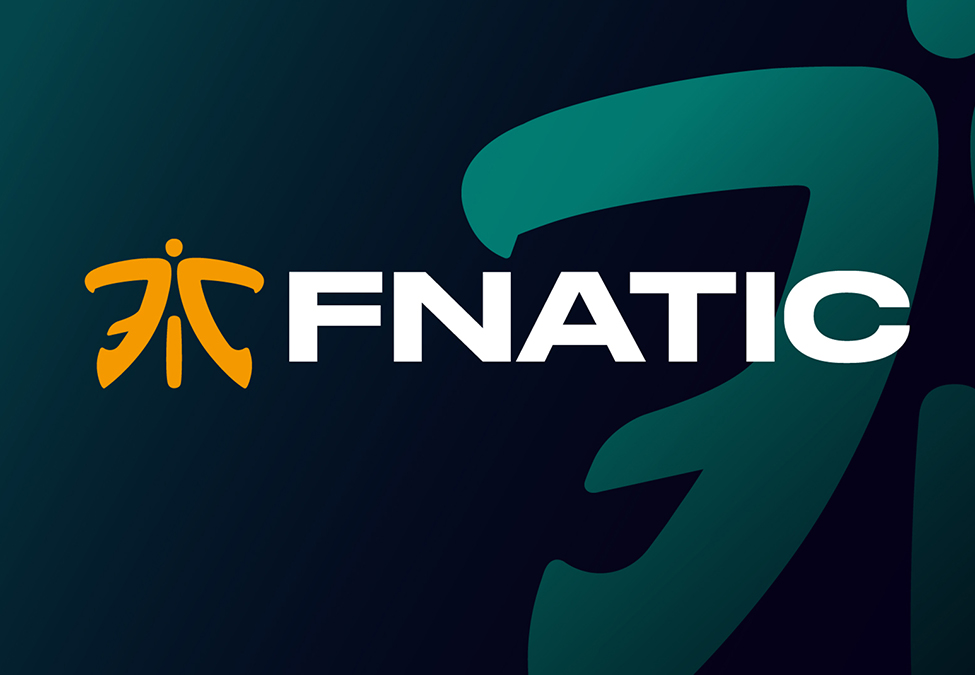
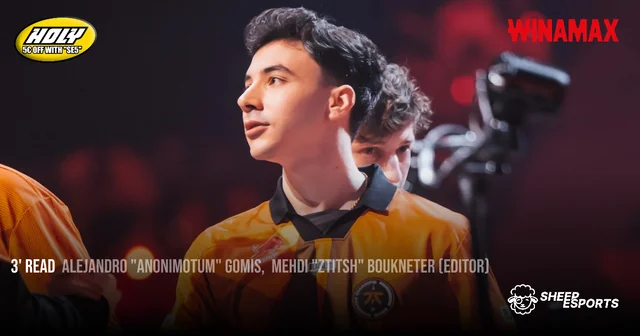
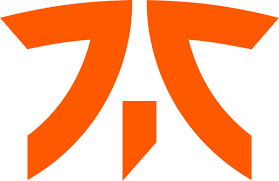
Being an in-game leader today is about much more than making calls. It requires emotional intelligence, real-time adaptability, and an ability to connect strategic theory with individual strengths. Boaster exemplifies this balance — reading the room as effectively as he reads the minimap. Modern IGLs must juggle performance pressure with personality management, turning five individuals into a single voice under stress.
What fans and aspiring IGLs can learn from Boaster’s journey
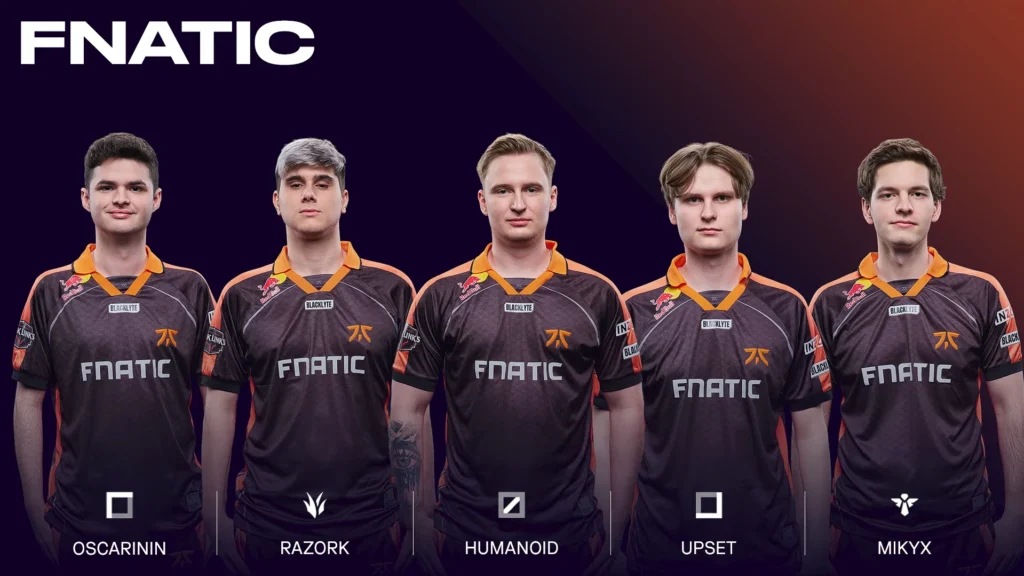
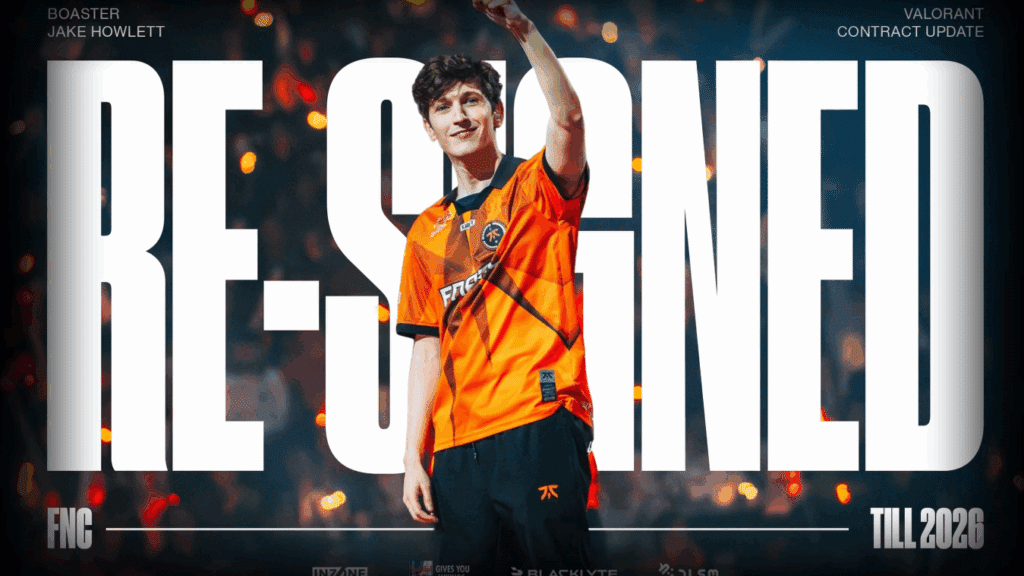
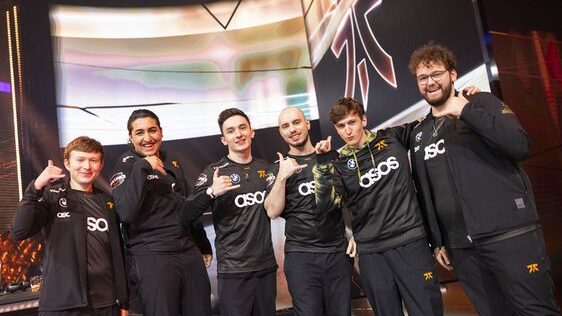
Boaster’s story is a roadmap for aspiring leaders. Lead by example, stay adaptable, and never lose sight of your team’s emotional state. His charisma isn’t a gimmick — it’s a leadership tool that turns tension into energy. For fans, it’s a reminder that leadership in esports isn’t about command; it’s about connection, creativity, and constant learning.
| Year | Milestone | Leadership Lesson |
|---|---|---|
| 2021 | Joined Fnatic | Adaptation and team buy-in |
| 2023 | Masters Tokyo Champion | Peak performance under pressure |
| 2025 | Runners-up at Champions | Learning from near-misses |
| 2026 | Renewed Contract | Long-term vision and stability |
Boaster is far more than a tactical leader — he’s the cultural core of Fnatic’s Valorant dynasty. His continued presence gives Fnatic a rare advantage: stability in an era of constant change. As VCT 2026 approaches, his leadership will again be tested against the game’s evolving demands. Whether Fnatic reclaim the throne or fall short, Boaster’s journey remains one of the best case studies in esports leadership — a blend of resilience, vision, and unshakeable belief.

